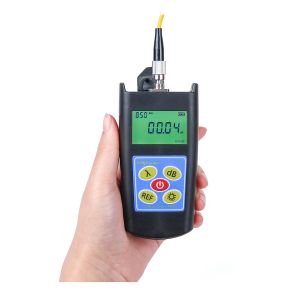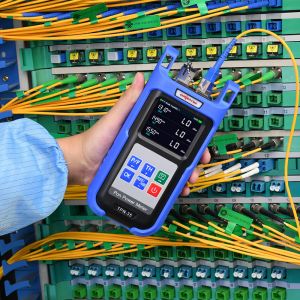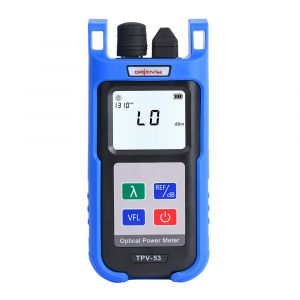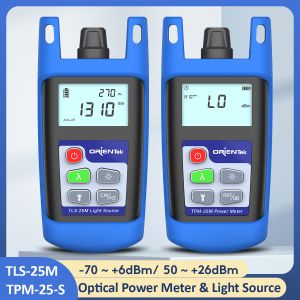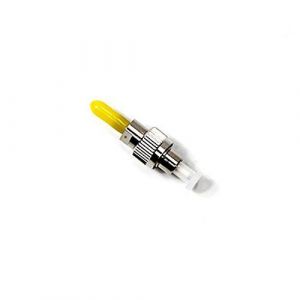Optical power meter is a common tool for detecting optical fiber. We often hear absolute measurement and relative measurement during the detection, and related concepts include db and DBM. Therefore, many novices are confused when they just get the machine operation. How can we measure the fiber optical using the OPM?
The unit of optical power meter is DBM. In the illustrations of the optical transceiver or switch has its light emitting and receiving optical power, usually light emitting less than 0 DBM, the receiver can receive the minimum light power called sensitivity, can receive the maximum light power minus the sensitivity of the unit is the db (DBM - DBM = db), as the dynamic range, luminous power and receiver sensitivity difference is allowed optical fiber attenuation. When testing the actual luminous power minus the actual received light power of value is optical fiber attenuation (db). The best value of the optical power meter received by the receiving end is the maximum optical power it can receive -(dynamic range /2), but it is generally not so good. Since the dynamic range of each optical transceiver and optical module is different, the specific allowable attenuation of the fiber depends on the actual situation. Generally speaking, the allowable loss is about 15-30db.
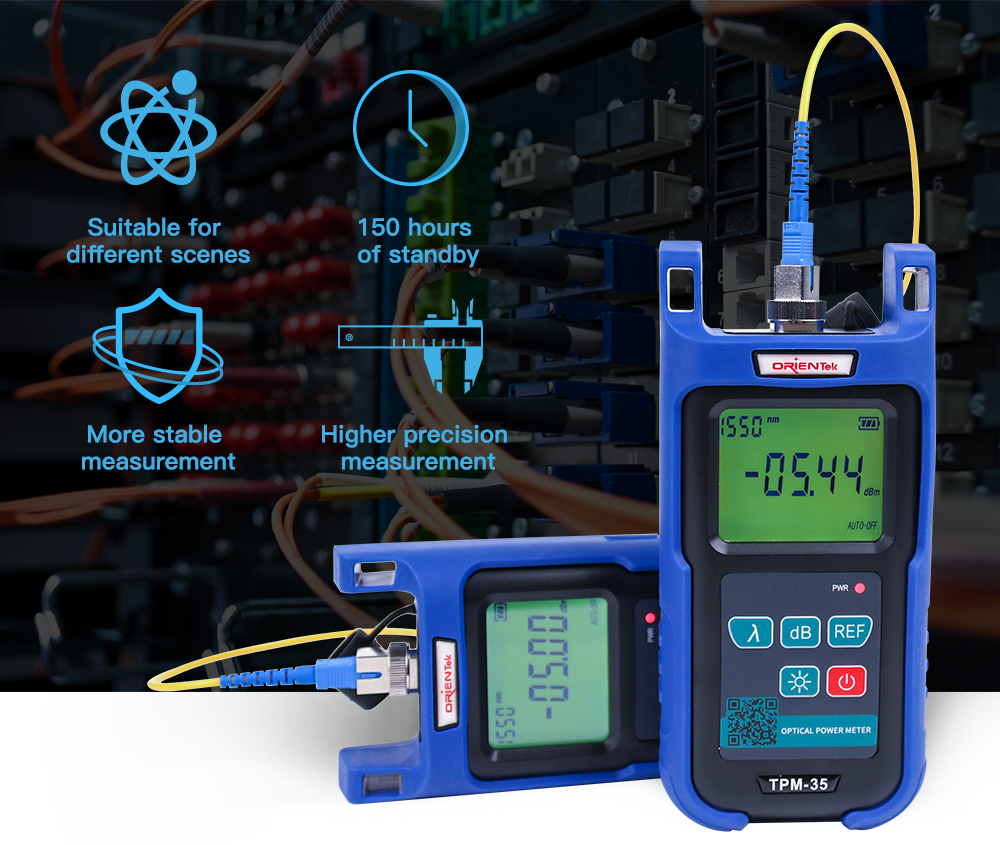
Optical Power Meter 800 ~1700nm Optical Light Source Single Mode 1310/1550nm
When we use the optical power meter to detect the jumper, it will display the power of the jumper in DBM. If this value is not empty at this time and another fiber is directly detected, then a power data will also be obtained later, which is also marked DBM. At this point, we need to subtract these two data to get the actual loss value of this fiber.
There is another easy way. In the detection stage of jumper wire, the data obtained will be cleared and the optical terminal will be detected. At this time, db will be marked after the instrument data obtained. You'll notice that the data doesn't look the same as before, and the machine has automatically subtracted, subtracting the actual luminous power from the actual received light power at the time of the test, and getting the loss value of this fiber directly.

